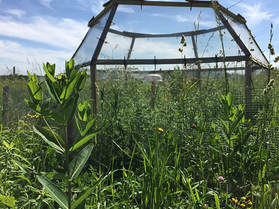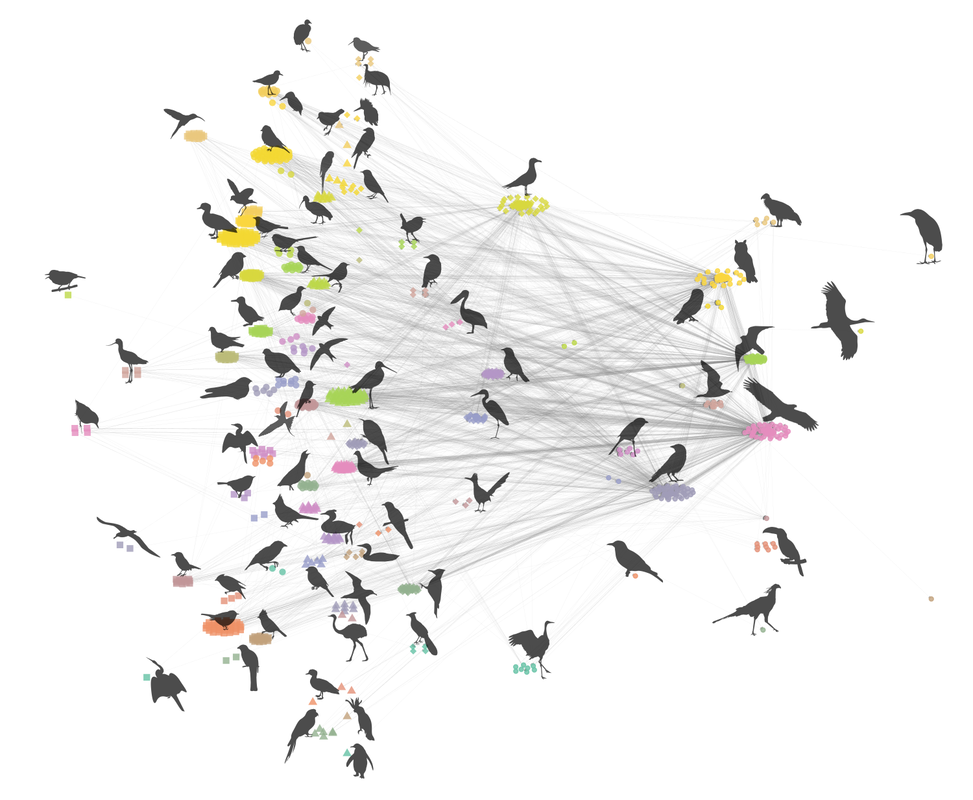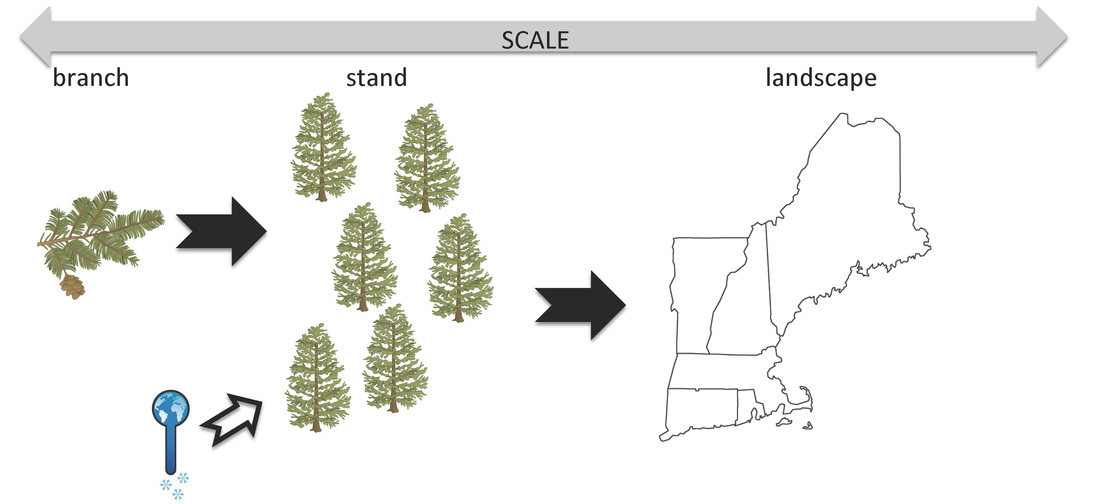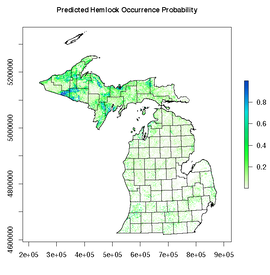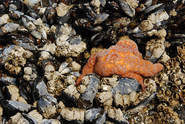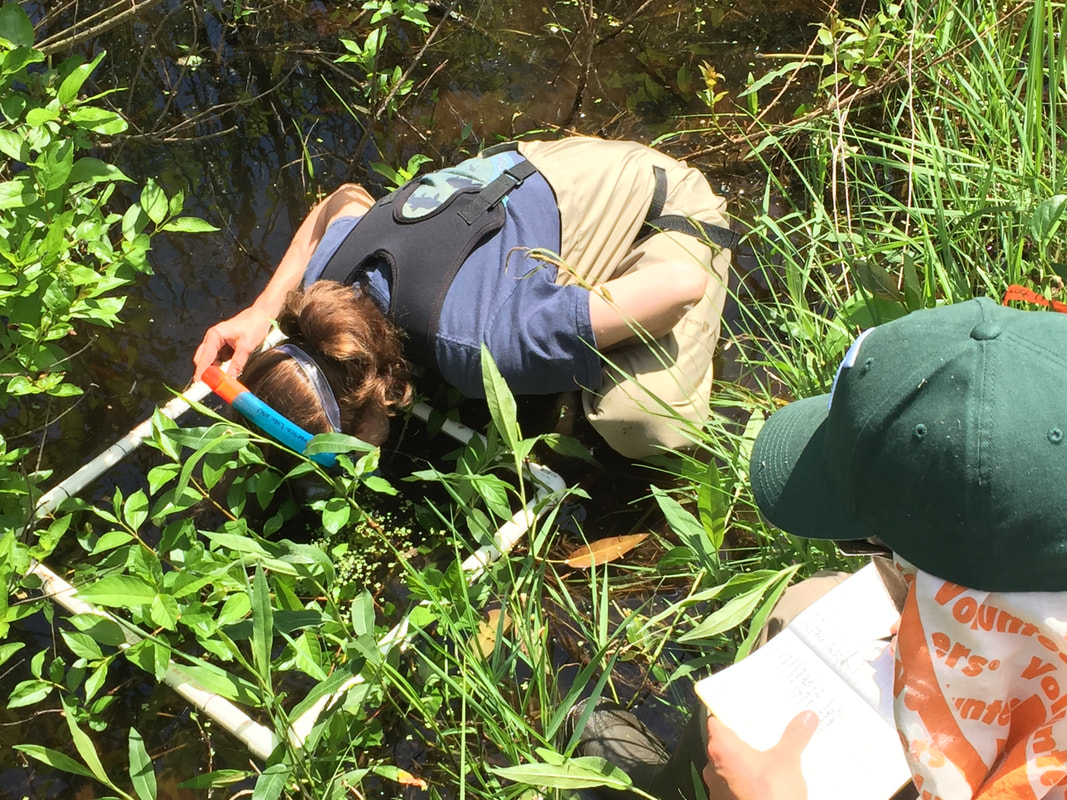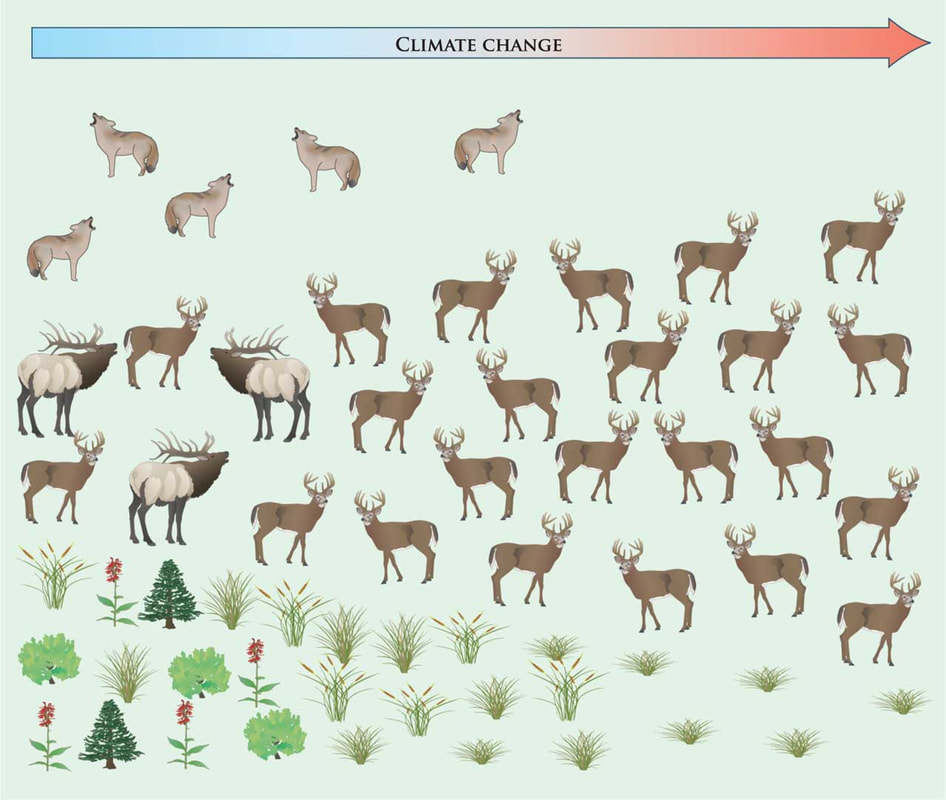Header image: Kara Dobson, winner 2022 LTER Photo Contest
back to SpaCE Lab Research Overview
Biotic Interactions & Climate
Project 1: warmXtrophic: Herbivory & Warming in Early Successional Fields
|
We are interested in understanding how biotic interactions and climate change directly and indirectly affect community structure and function. In particular, we are interested in how competition and herbivory interact with warming to affect early successional field community composition, phenology, and plant traits in Michigan.
|
Project 2: REX: Rainfall Exclusion eXperiment ( +warming -insects )
|
In this project (shown in the header image above), we are investigating the impact of climate change , on early successional and agricultural field communities (plants, insects, soil), through precipitation and warming manipulations. As a Co-PI of the KBS LTER, Phoebe Zarnetske helps oversee the larger REX experiment. The SpaCE Lab has added warming treatments (through open top chambers; OTCs) and insect reduction treatments to the original REX design on the early successional plots, enabling researchers to understand both the singular and interactive effects of warming, precipitation, and the reduction of insect herbivores. Together, this experiment and the longer-term warmXtrophic experiment, focus on both the direct and indirect effects of climate change, and the potential for biotic interactions to mediate or exacerbate climate change effects on plant communities. As part of this larger NSF LTER award, this project will This long term research will determine if improving soil health and biodiversity in agricultural landscapes can help farmers deal with a more unpredictable future.
|
Project 3: Biotic Interactions & MetaNetworks
|
The project involves network modeling of avian biodiversity and avian biotic interactions through space and time (~1997-present), based on a compiled database of bird-bird interactions across North America, and the publicly available North American Breeding Bird Survey and eBird occurrence data. There are 2 parts of the research: (1) creating the bird-bird interaction database for all 700+ species in North America, and (2) modeling the species interaction networks resulting from these data, in both time and space, at regional to continental scales.
Given the recent evidence that birds are declining in populations and shifting their ranges in response to climate change, a leading hypothesis is that avian interaction networks are similarly shifting in response to climate change, but are inherently stable across environments in the absence of climate change. This research will help elucidate whether bird communities remain stable in their roles, despite species turnover.
|
Project 4: Multi-species distribution modelingSpecies distribution models (SDMs) provide a means for forecasting species' distributions in space - both now and in the future during climate change. However, such correlative approaches commonly leave out biotic interactions and treat species individually. We incorporate biotic interactions among eastern hemlock, elongate hemlock scale, and hemlock woolly-adelgid, into multi-species (joint) distribution models with ordinal data. Biotic interaction strength can change depending on environmental context; we illustrate an approach to incorporating context dependency into SDMs with barnacles, mussels, and seastars in the Pacific Northwest rocky intertidal system.
A grant from the State of Michigan Invasive Species Grant Program focused on the recent invasion of hemlock woolly adelgid to Michigan, with the goals of (1) mapping current distributions of hemlock and hemlock woolly adelgid, and (2) forecasting the future spread of adelgid across the state based on cold tolerance and hemlock landscape connectivity.
|
Project 5: Climate and functional trait-mediated species interactions
|
Foraging traits could alter the strength of direct and indirect effects of climate warming. We are using microcosm experiments, in situ field experiments, and field surveys of ponds in southwestern Michigan to understand how rising temperatures will interact with predator foraging strategy to alter predator-prey interactions of freshwater invertebrates. We are using experimental results to parameterize mathematical population models forecasting how changing predator-prey interactions may alter invertebrate populations and the structure of freshwater food webs under different RCP climate change scenarios. With funding from NASA (NESSF), we scaled up these results to continental scales with the aquaXterra project.
|
Project 6: Biotic Multipliers of Climate Change
|
Biotic interactions We used multivariate autoregressive models to investigate how freshwater fish body condition has changed in response to climate and biotic interactions over 30 years in Arctic lakes. Species include: lake trout, Arctic grayling, round whitefish, slimy sculpin, and burbot.
|
